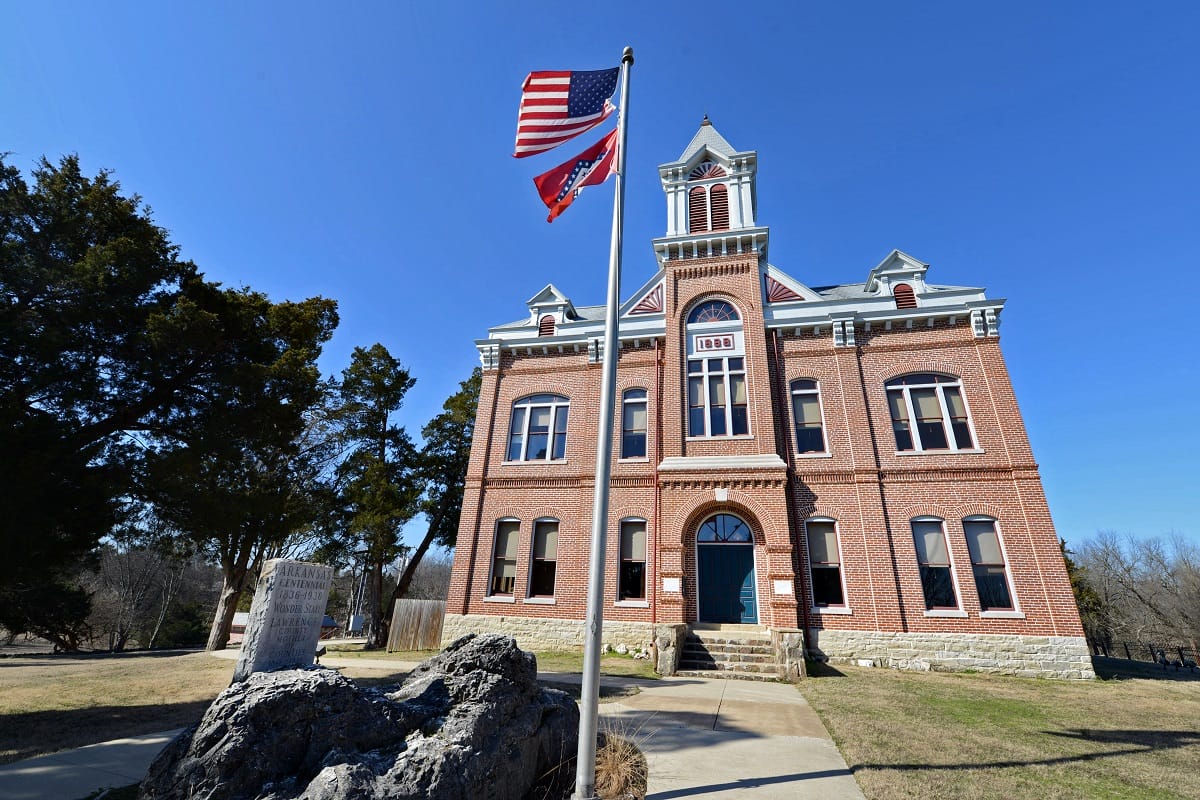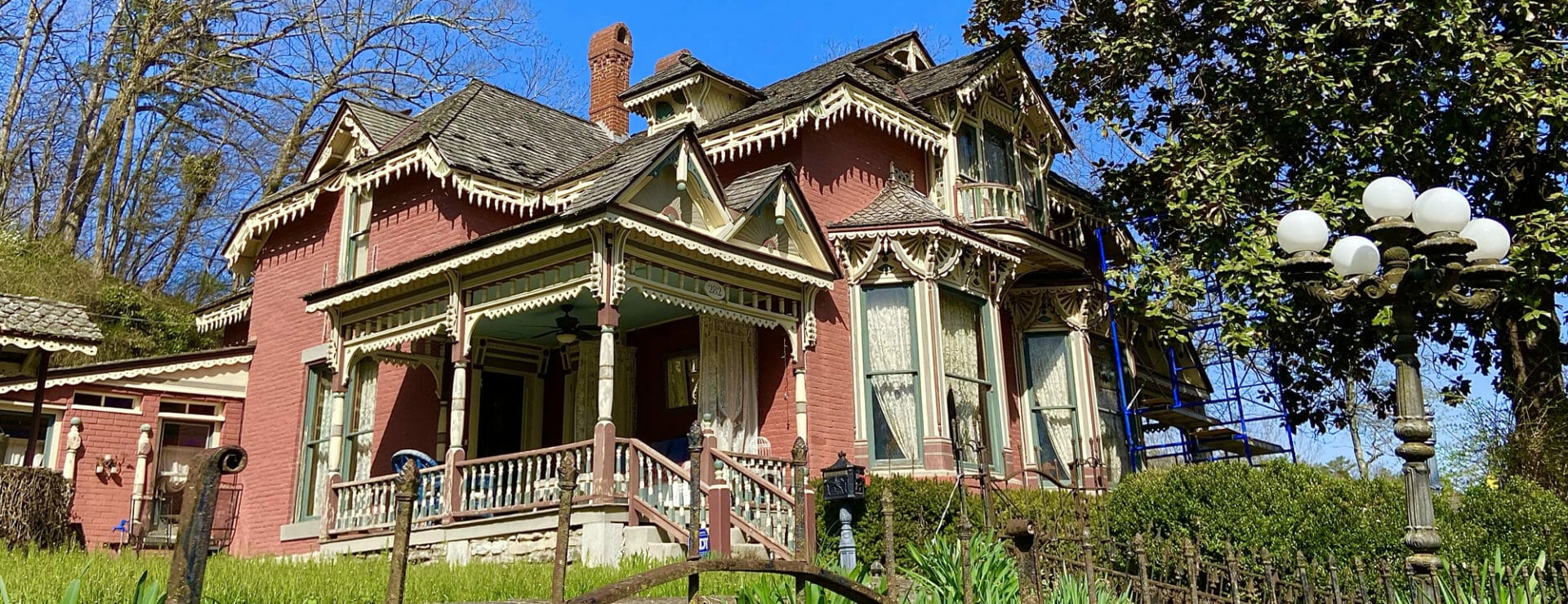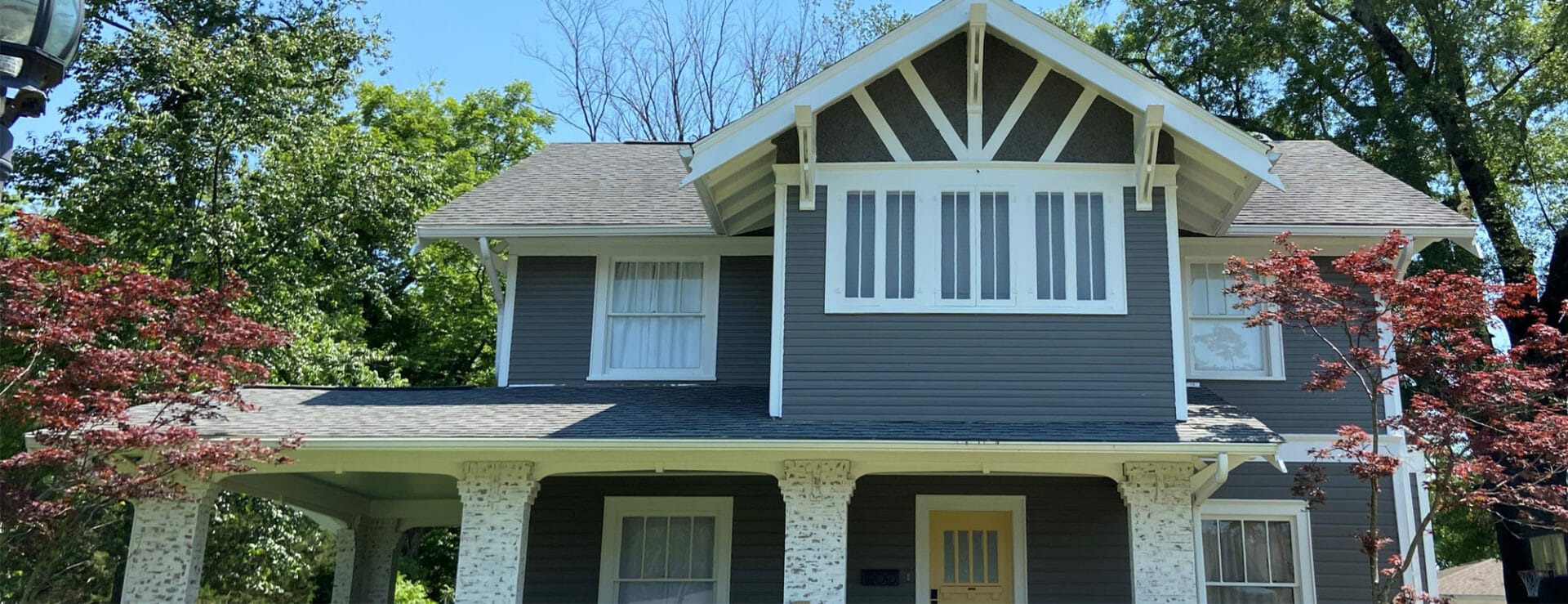

Uh oh...
It appears that you're using a severely outdated version of Safari on Windows. Many features won't work correctly, and functionality can't be guaranteed. Please try viewing this website in Edge, Mozilla, Chrome, or another modern browser. Sorry for any inconvenience this may have caused!
Read More about this safari issue.

When I was 11 years old, my family moved to Mountain View, Arkansas. We set up residence in a rented house, an old stone farmhouse in an area named the Cove. My dad took me hiking through the surrounding woods, and one day we came upon a falling-down log cabin. We walked the perimeter, and dad pulled an old nail out of a board. He explained that it had a square head instead of a round one, making it much older than modern nails. “That means this has been here a long time,” he told me. That little Ozark cabin made a deep impression on me as I looked at trees growing through what had been windows and the forest crowding in and swallowing it up.
I’ve since had the same feeling when visiting places like Rush, or Peppersauce Alley. I’m fascinated by historic or abandoned places that used to be bustling with life and are now shuttered, but I’m equally fascinated with locations that did not go the way of the little falling-down Ozark cabin I discovered with my dad. Places, structures, and memories that have been preserved from the hands of time and the natural elements are something to be especially treasured. When they are frozen in time, we’re able to look backward. We’re able to see a way of life, a place, and a people that have long since gone.

Luckily, here in Arkansas, we have many such time capsules. State houses, historic homes, and museums preserve pages from our past. One such gem is the Powhatan State Park. Named “Powhatan” in 1837 in honor of the father of Pocahontas, this community began as a river port town on the Black River. Steamboat landings created economic growth, and the community grew in industries such as timber and pearl buttons. But when the railroad bypassed the town in 1883, it began an inevitable decline. In 1963 all Lawrence County functions were moved from Powhatan to Walnut Ridge. And while Powhatan could have gone the way of so many deserted homes and communities, efforts to save the buildings began in 1970, and in 1979 were transferred to the Arkansas State Parks. Buildings were renovated and preserved, and today, visitors can see this once-thriving community for what it was before its population moved elsewhere.

One of Powhatan’s main institutions, the Powhatan Male and Female Academy, remained in operation for over 100 years. It closed briefly only during the Civil War but reopened afterward. Originally a log cabin, it burned to the ground, and the current Victorian-style building was built to replace it. It was constructed with two separate doors, one for male and one for female students (although by 1913 all students were studying together and no longer separated). The school finally closed in 1955 after being completely consolidated with nearby Black Rock.

The Powhatan Courthouse is another preserved jewel from the past, a stately Italianate building perched high on a ridge. It was constructed in 1888 on the foundation of an original courthouse that burned down. The bricks were made on site, and years later in 1970, it was restored to the original architectural plans. Most recently a thorough renovation preserved even more original details, bringing the interior back to life and doing paint analyses for the original wall colors.

The Powhatan Jail is another preserved landmark and one of colorful (if not foreboding) history. Constructed in 1873, it is a place far removed from modern incarceration, with cages for cells. Inmates were given straw beds on the floor, and no heating was provided until 1895. Even more shocking, the jail did not provide food, water or clothing. These items were given by locals or relatives, although not based on pure benevolence, as the city paid them 33 cents for their contributions. Later used as a canning kitchen, a movie theater and a honey business, the Powhatan Jail has worn many hats in its life. Listed on the National Register of Historic Places, the jail remains one of the few of its kind.

In addition to these buildings, the park also includes the Flicklin-Imboden House and a circa 1887 Commercial Building. Visitors to Powhatan State Park can take guided tours through all five of the historic buildings on site, learning about life in the 1800s and the history of the Black River steamboat port. To learn more, and to schedule a visit to this “frozen in time” piece of Arkansas history, visit the park’s website at https://www.arkansasstateparks.com/powhatancourthouse/.
Photos courtesy of Arkansas Department of Parks and Tourism
Join the Conversation
Leave a Comment
6 responses to “Frozen in Time: Powhatan State Park”
 Leave a Reply
Leave a Reply
We do the work.
You check your email.
Sign up for our weekly e-news.
Get stories sent straight to your inbox!











 Leave a Reply
Leave a Reply
[…] Meeting Place: Courthouse Admission: Free Time: 10 a.m. — 11:30 a.m. Trail: Join in the First Day Hike movement and set yourself off on the right foot for a new year. Join the park interpreter for this free historic townsite tour. This hike is 1-mile long and will last about 1.5 hours. The tour will take visitors to each of the five historic buildings in Powhatan Historic State Park. […]
[…] Powhatan Historic State Park – Powhatan State Park celebrates the once-thriving community of Powhatan from its heyday as a port on the Black River. The park includes the Courthouse which was constructed in 1888 after the original courthouse burned down along with several historic structures. Visitors can also see remnants of the famous swinging bridge which spanned the Black River until it was dismantled in 1957. Read more about how Powhatan is Frozen in Time. […]
[…] Powhatan Historic State Park – Powhatan State Park celebrates the once-thriving community of Powhatan from its heyday as a port on the Black River. The park includes the Courthouse which was constructed in 1888 after the original courthouse burned down along with several historic structures. Visitors can also see remnants of the famous swinging bridge which spanned the Black River until it was dismantled in 1957. Read more about how Powhatan is Frozen in Time. […]
[…] of Queen Wilhelmina State Park Frozen in Time: Powhatan State Park Footsteps of History on the Old Military […]
[…] Powhatan Historic State Park – Located on the banks of the Black River, Powhatan Historic State Park showcases the history of a once-thriving riverport town. Visitors can explore restored historic buildings, including the Powhatan Courthouse, which served as the Lawrence County seat from 1869 to 1963. […]
[…] Powhatan Courthouse | Powhatan – while this is not an active courthouse, it is a historically significant building to the members of Lawrence County. Built in 1888, it overlooks the Black River with care given to how it accommodated the land set aside for the structure. Today, the building is an iconic structure of the Powhatan State Park. […]